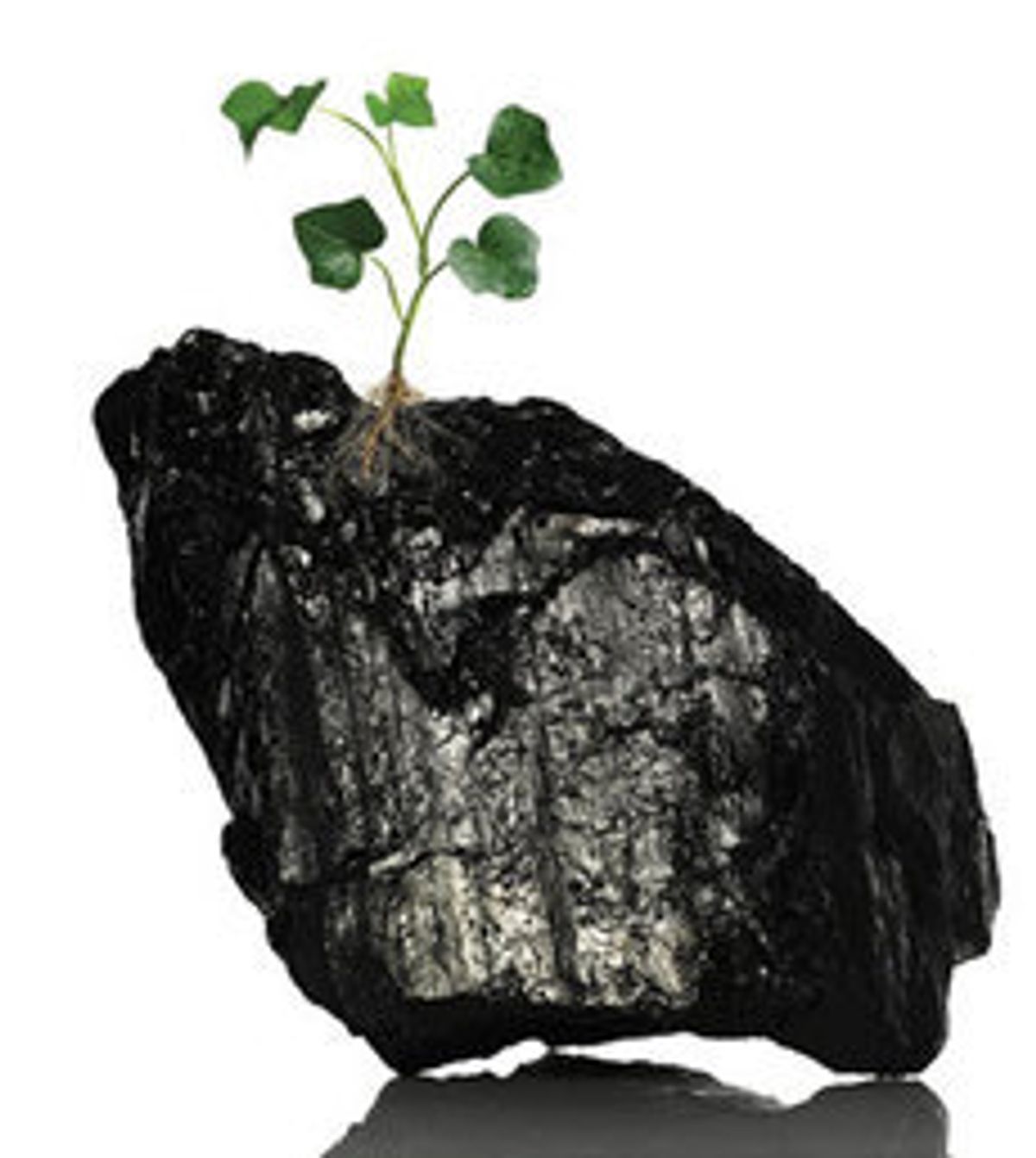Contemplating the prolonged heat wave and drought that afflicted much of Texas through last summer, you would have to be an extreme climate change skeptic not to wonder whether global warming was playing a role. Instead skeptics have preferred to focus on unseasonable winter events, like the freak snowstorm that swept the U.S. Northeast in late October or the immense record-setting blizzard that swept the Mid-Atlantic states in January last year.
Actually, both kinds of events are consistent with what we should expect with continued global warming, the Intergovernmental Panel on Climate Change (IPCC) reported this week.
"It is virtually certain that increases in the frequency and magnitude of warm daily temperature extremes and decreases in cold extremes will occur in the 21st century on the global scale," the report says. "It is very likely that the length, frequency and/or intensity of warm spells, or heat waves, will increase over most land areas. . . [A] 1-in-20 year hottest day is likely to become a 1-in-2 year event by the end of the 21st century in most regions, except in the high latitudes of the Northern Hemisphere, where it is likely to become a 1-in-5 year event."
Further, "It is likely that the frequency of heavy precipitation or the proportion of total rainfall from heavy falls will increase in the 21st century over many areas of the globe. This is particularly the case in the high latitudes and tropical regions, and in winter in the northern mid-latitudes." In other words, temperate regions will see more winter precipitation, including snowfall. In more tropical zones, '[h]eavy rainfalls associated with tropical cyclones are likely to increase with continued warming," though the frequency of cyclones and hurricanes is not expected to increase as such.
Surveying weather records going back to 1950, the IPCC finds "It is very likely that there has been an overall decrease in the number of cold days and nights, and an overall increase in the number of warm days and nights, on the global scale, i.e., for most land areas with sufficient data. It is likely that these changes have also occurred at the continental scale in North America, Europe, and Australia." Regarding rainfall, "There have been statistically significant trends in the number of heavy precipitation events in some regions. It is likely that more of these regions have experienced increases than decreases, although there are strong regional and subregional variations in these trends."
Readers will note that because of the criticism the IPCC has cone under for not hedging its forecasts with suitable qualifiers about confidence intervals, the panel has taken special care in this report to say whether its findings and forecasts are very likely, probable, or merely possible. This is especially so when it comes to the human contribution to global warming and its effects.
Thus, the report says: "It is likely that anthropogenic influences have led to warming of extreme daily minimum and maximum temperatures on the global scale. There is medium confidence that anthropogenic influences have contributed to intensification of extreme precipitation on the global scale. It is likely that there has been an anthropogenic influence on increasing extreme coastal high water due to increase in mean sea level. The uncertainties in the historical tropical cyclone records, the incomplete understanding of the physical mechanisms linking tropical cyclone metrics to climate change, and the degree of tropical cyclone variability provide only low confidence for the attribution of any detectable changes in tropical cyclone activity to anthropogenic influences."
Readers may want to consult for themselves the rather complex charts at the bottom of the IPCC documents showing how it expects the probability distributions for various types of events to shift with global warming in this century.
Summarizing the findings, Thomas Stocker, cochairman of the working group that produced the report, put it like this for the press release that accompanied the report: "For the high emissions scenario, it is likely that the frequency of hot days will increase by a factor of 10 in most regions of the world. Likewise, heavy precipitation will occur more often, and the wind speed of tropical cyclones will increase while their number will likely remain constant or decrease."



